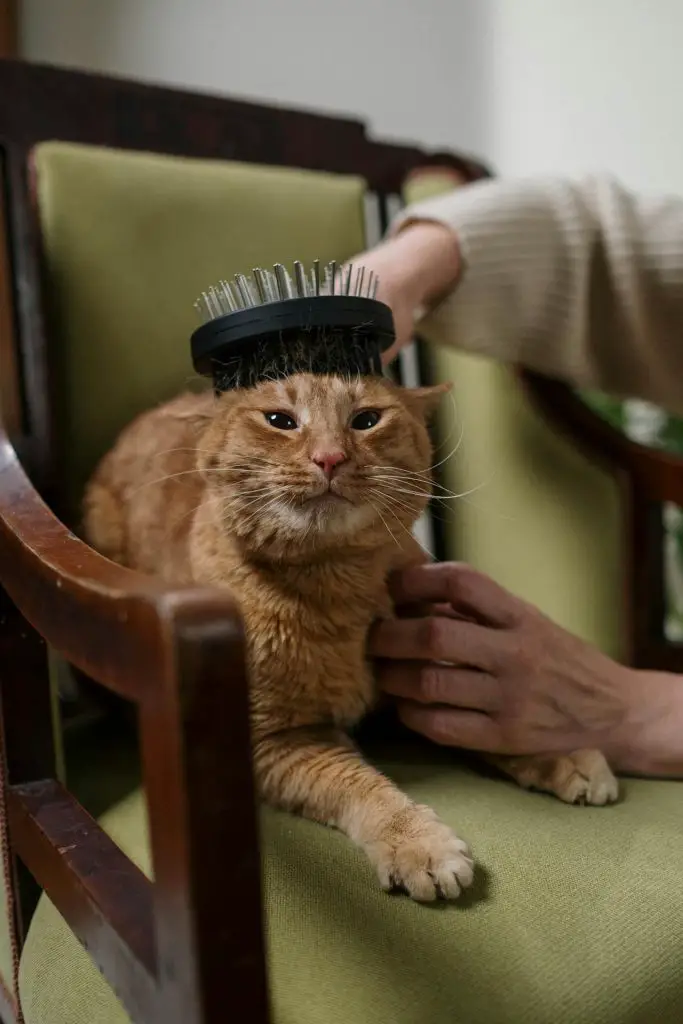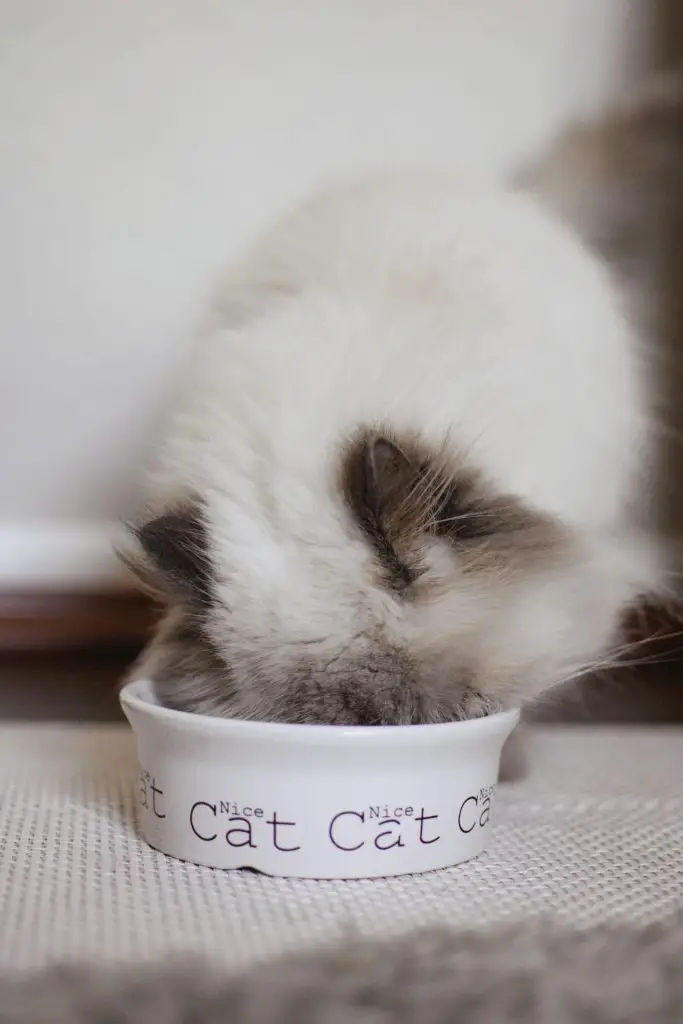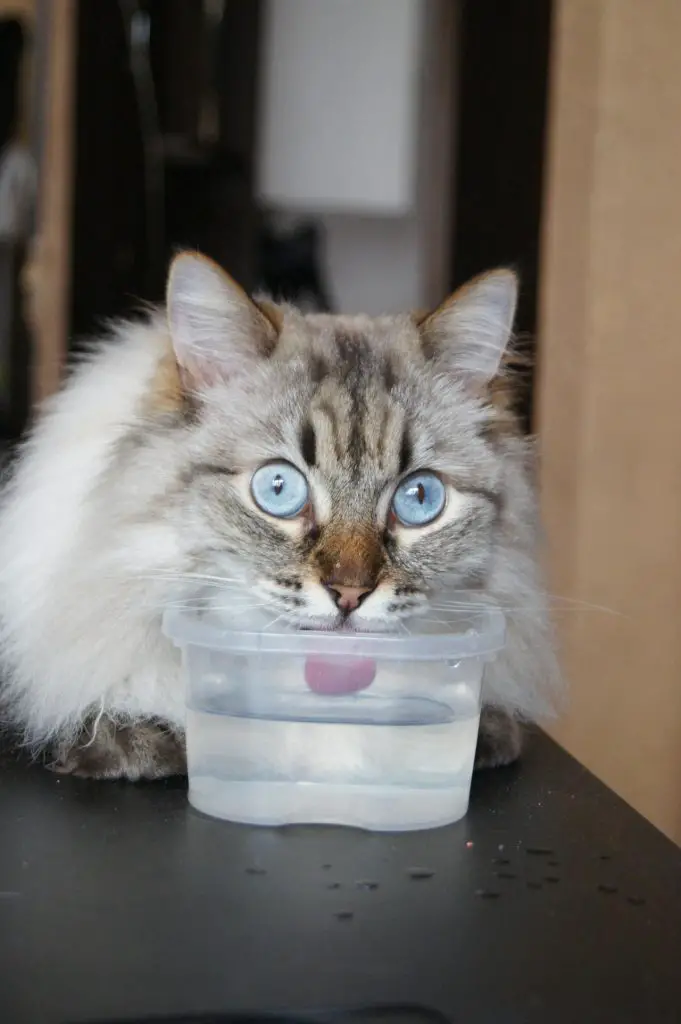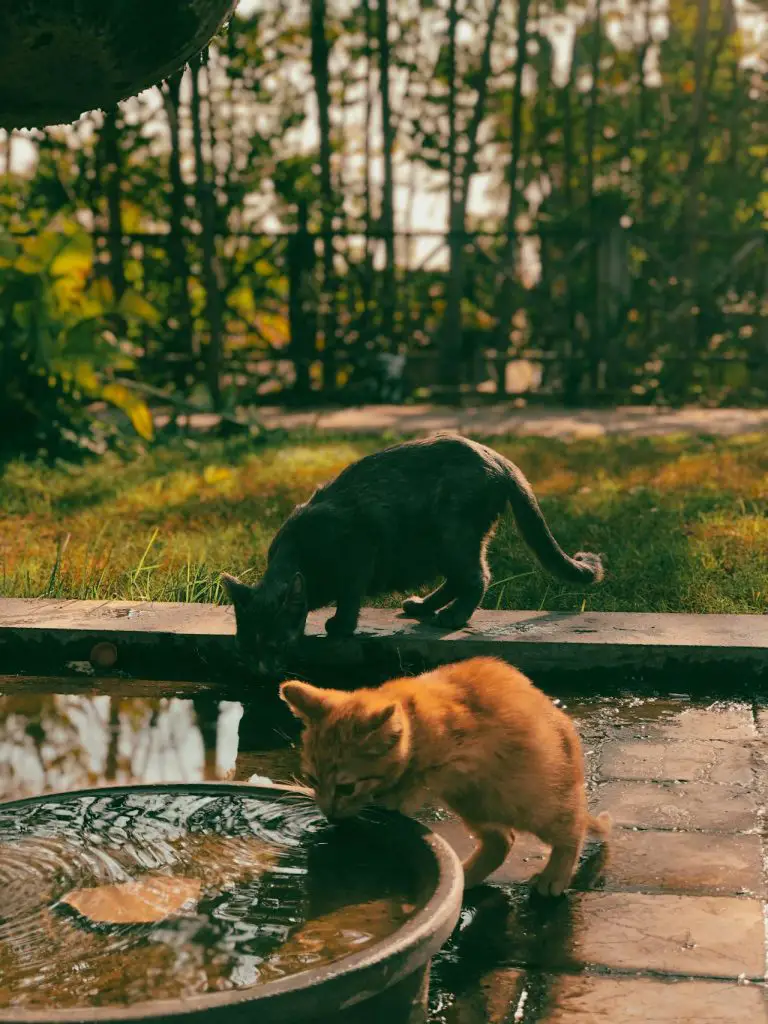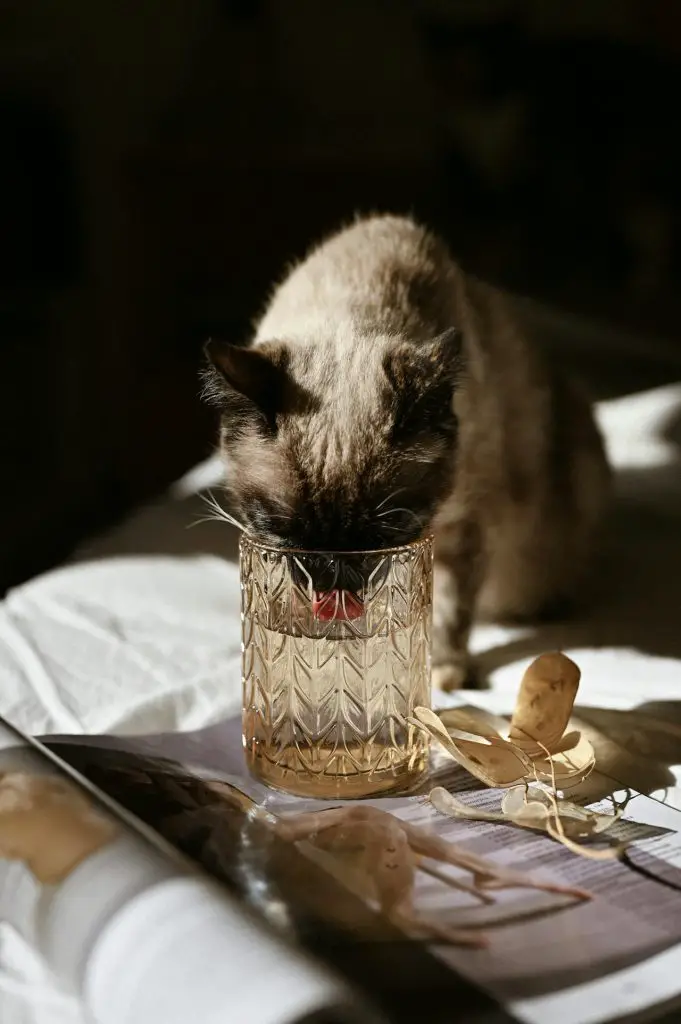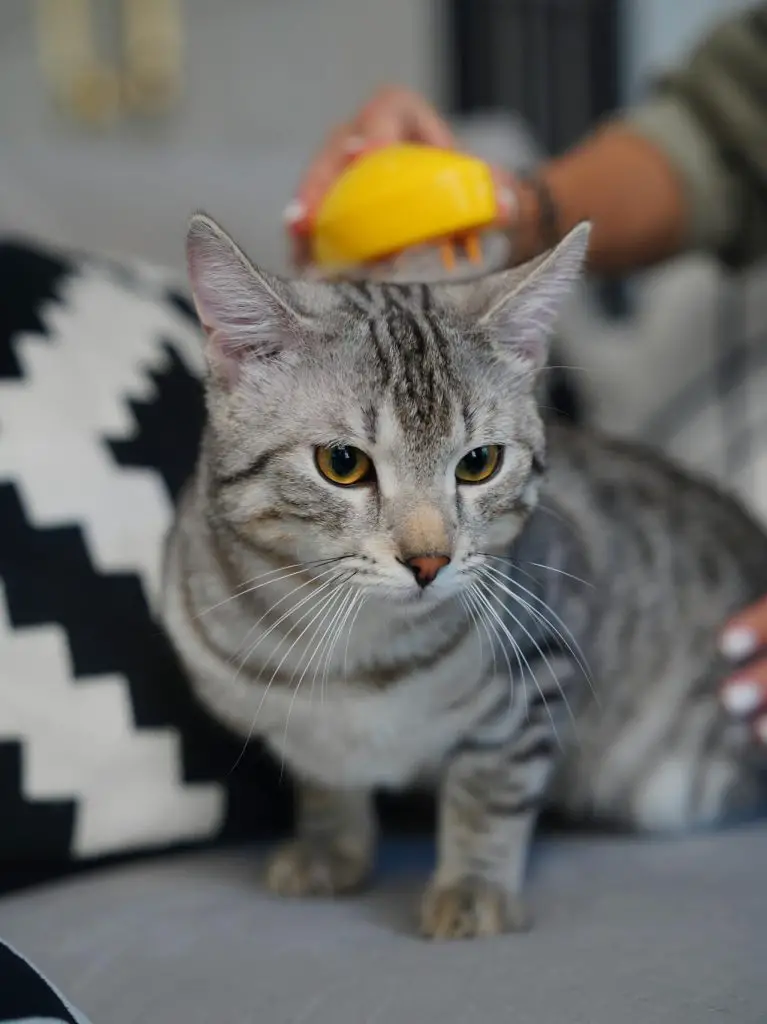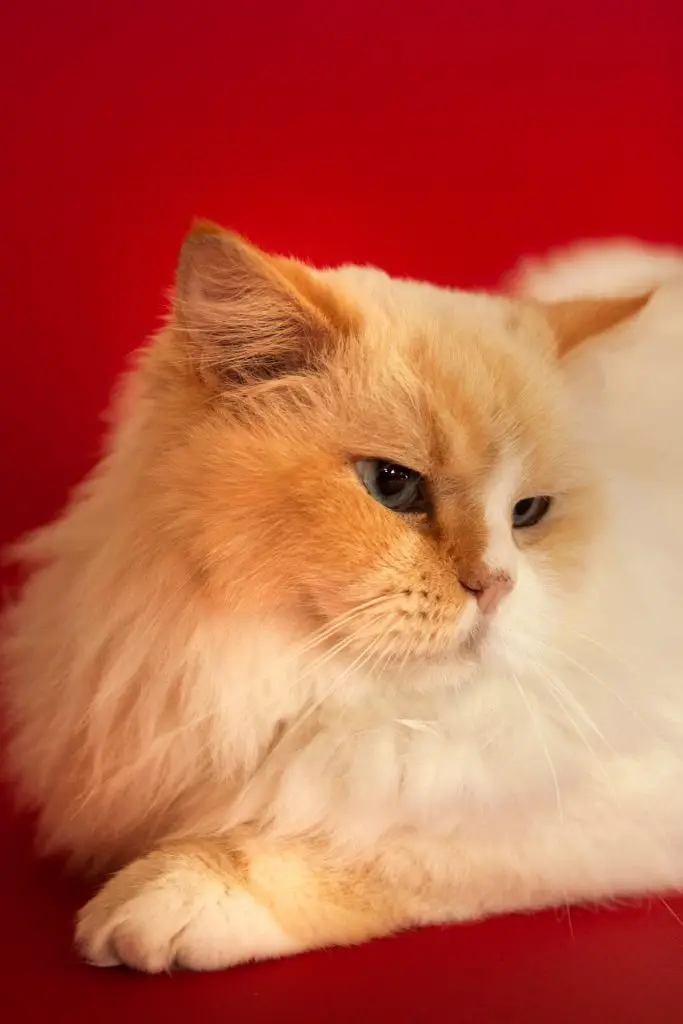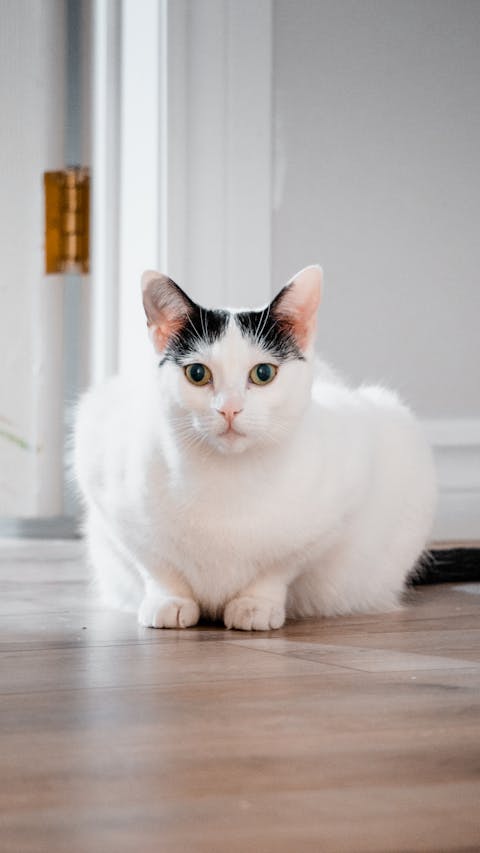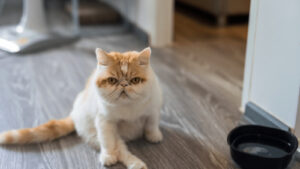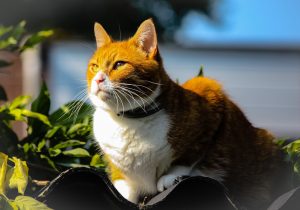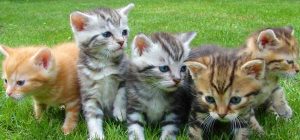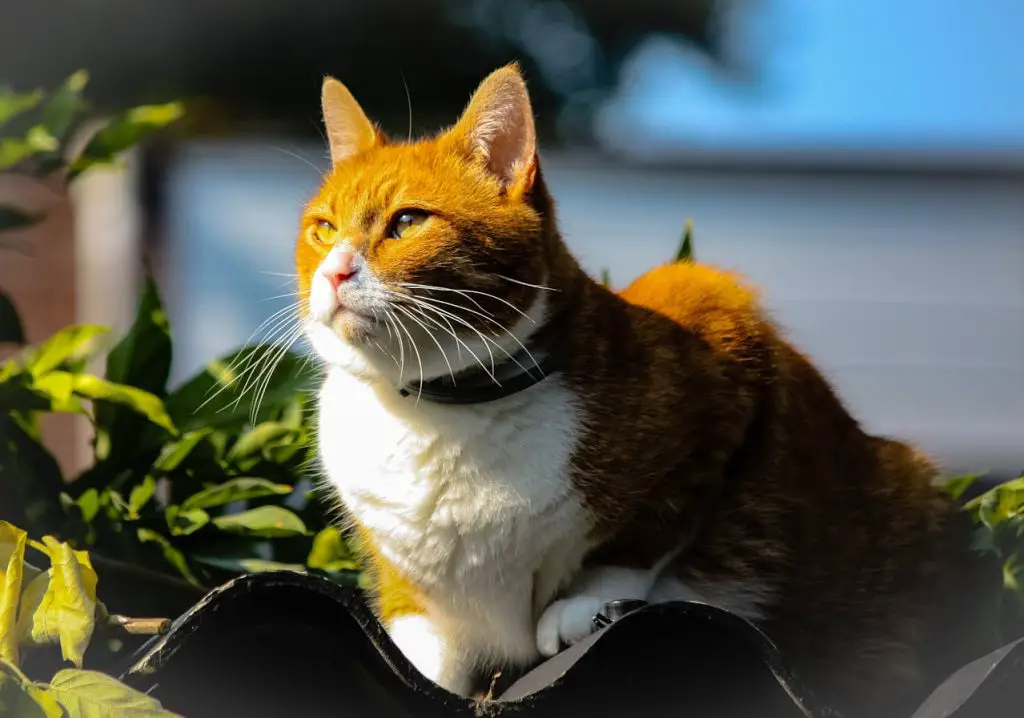
To help your cat pass a hairball, you should implement a few key preventative measures. Brush your cat regularly to reduce loose hair ingestion, especially during shedding seasons. A balanced diet rich in fiber and omega-3 fatty acids can also aid digestion. Make certain your cat has access to fresh water to prevent hair accumulation in the stomach. If your cat is already showing symptoms of a hairball blockage, consider using a commercial hairball remedy or natural treatments like psyllium or slippery elm. By taking these steps, you’ll be well on your way to supporting your cat’s overall health and wellbeing.
Table of Contents
Key Takeaways
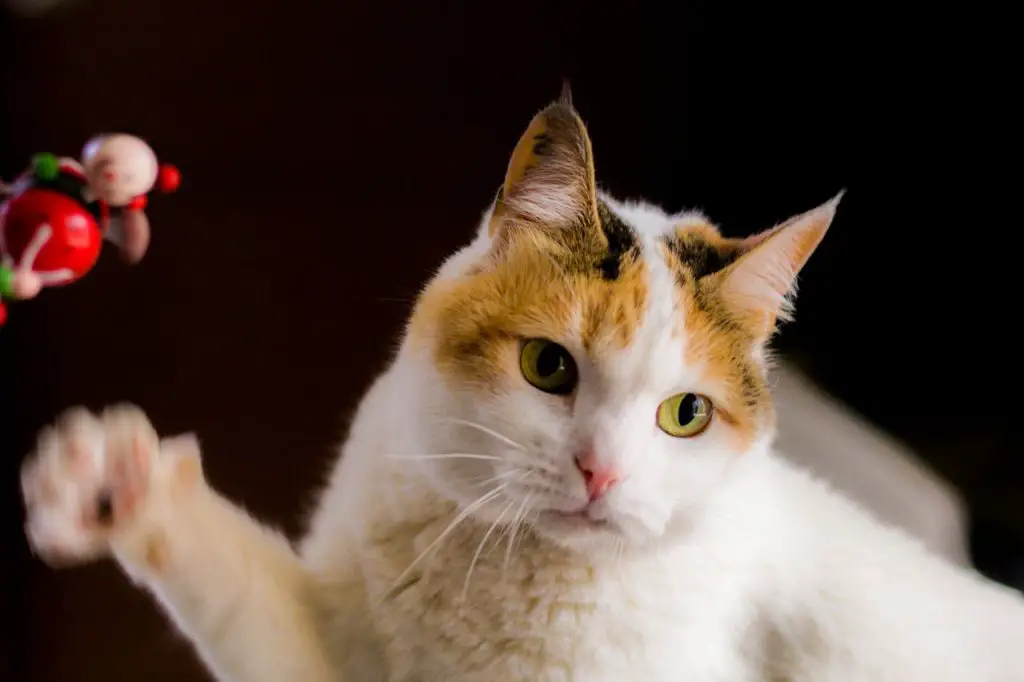
- Feed your cat a high-fiber diet to help move the hairball through their digestive system.
- Provide fresh water and encourage your cat to drink more to help prevent hair accumulation in the stomach.
- Brush your cat regularly to reduce the amount of loose hair that can contribute to hairballs.
- Use a commercial hairball remedy or a natural treatment like psyllium to lubricate your cat’s digestive tract and aid hair passage.
Causes of Hairballs in Cats
When your cat grooms itself, it swallows a significant amount of loose hair, which can accumulate in the stomach and eventually form a hairball.
You can reduce the likelihood of this happening by implementing regular grooming techniques, such as brushing your cat several times a week.
This helps remove loose hair and decreases the amount of hair your cat swallows. Additionally, some cats require more frequent grooming during shedding season.
You can also consider adding dietary supplements to your cat’s food to aid in digestion and promote hair movement through the digestive system.
This post contains affiliate links. However all the information provided on this site are my own honest opinions. See more in Disclaimer.
These supplements often contain omega-3 fatty acids and fiber, which help keep your cat’s coat healthy and reduce shedding. Moreover, a balanced diet rich in nutrients can help prevent hairballs.
Consult with your veterinarian to determine the best diet and supplements for your cat.
By taking proactive steps, you can help minimize your cat’s risk of developing hairballs and guarantee its digestive health.
Regular grooming and a balanced diet are key factors in maintaining your cat’s overall well-being.
Signs of a Hairball Blockage
Symptoms of a hairball blockage can be subtle, but as a cat owner, you should look out for vomiting, lack of appetite, lethargy, and difficulty swallowing, as these can indicate that a hairball has lodged in your cat’s stomach or intestines.
If you notice any of these symptoms, it’s vital to monitor your cat closely and seek veterinary intervention if they persist or worsen.
Other symptoms to watch for include abdominal pain, constipation, and diarrhea.
A hairball blockage can lead to severe complications, such as intestinal obstruction, perforation, or even death.
Thus, prompt veterinary attention is important if you suspect a hairball blockage.
Your veterinarian will perform a physical examination, take a complete medical history, and may conduct diagnostic tests such as X-rays, blood work, or an ultrasound to confirm the diagnosis.
If a hairball blockage is confirmed, your veterinarian will provide guidance on the best course of treatment, which may involve medication, surgery, or other interventions to relieve the blockage and prevent future occurrences.
Feed a High-Fiber Diet
Feeding your cat a high-fiber diet can help move hairballs through their digestive system, reducing the risk of a blockage.
You can add fiber sources, such as psyllium or beet pulp, to their regular meals. These natural ingredients help to bulk up your cat’s stool, allowing hairballs to pass more easily.
Mixing a small amount of canned pumpkin with their food can also aid in digestion.
In addition to whole food fiber sources, dietary supplements can also support your cat’s digestive health.
These supplements often contain a blend of fiber and other nutrients that promote regular bowel movements.
Before adding any new supplements to your cat’s diet, consult with your veterinarian to determine the best course of action for your pet.
A well-formulated, high-fiber diet can help reduce the occurrence of hairballs and alleviate discomfort.
By incorporating these changes, you can support your cat’s overall digestive health and reduce the risk of hairball-related complications.
Regular monitoring and veterinary check-ups will also help maintain your cat’s health and address any issues promptly.
Provide Adequate Fresh Water
You play an essential role in helping your cat pass a hairball by ensuring access to multiple fresh water sources.
Providing adequate hydration helps prevent hair from accumulating in your cat’s stomach and facilitates its passage through the digestive system.
Fresh Water Sources
Adequate hydration plays an essential role in helping your cat pass a hairball, as water helps to move hair through the digestive system and prevent it from accumulating in the stomach.
To guarantee your cat stays hydrated, you need to provide multiple sources of fresh water. Don’t just rely on a single water bowl; instead, place several bowls in different locations around the house.
You should also consider investing in a water fountain, which can encourage your cat to drink more. Cats are naturally drawn to running water, and a fountain can make drinking more appealing.
Observe your cat’s hydration habits to determine the best locations for water sources.
If you notice your cat prefers to drink from a particular bowl or location, make sure to keep that area clean and well-maintained.
Change the water frequently to guarantee freshness and prevent bacterial growth.
By providing multiple sources of fresh water and encouraging good hydration habits, you can help your cat stay healthy and reduce the risk of hairballs.
Regularly inspect your cat’s water sources to guarantee they remain clean and appealing to your cat.
Encouraging Water Intake
Multiple strategies can be employed to encourage your cat’s water intake, and an essential step is to make water more appealing through the use of water fountains, flavored water, or broths.
| Hydration Method | Benefits | Tips |
|---|---|---|
| Water Fountains | Increased oxygenation, reduced bacterial growth | Change water frequently, clean fountain regularly |
| Flavored Water | Encourages drinking, adds variety | Use low-sodium broths or flavor enhancers specifically designed for cats |
| Broths | Provides essential electrolytes, stimulates appetite | Offer as a treat or mix with food to increase moisture intake |
By doing so, you’re providing your cat with a stimulating way to drink, which can lead to better hydration.
Water fountains, in particular, offer several benefits, including increased oxygenation, reduced bacterial growth, and a more natural drinking experience.
To get the most out of these hydration methods, remember to always provide multiple sources of fresh water and monitor your cat’s drinking habits.
Encourage water intake by placing water sources in quiet, low-traffic areas, and consider using a water fountain with a wide, shallow bowl to make drinking more comfortable for your cat.
Use a Hairball Remedy

Administering a commercial hairball remedy can facilitate the passage of swallowed hair by lubricating the digestive tract and helping to move the hair through the system.
These hairball remedies, available in various forms such as gels, pastes, or treats, typically contain ingredients like petroleum jelly or mineral oil that help lubricate the swallowed hair, making it easier for it to pass through your cat’s digestive system.
When selecting a hairball remedy, consider your cat’s individual needs and preferences. Some cats may prefer a particular texture or flavor.
You can also consider natural treatments, such as psyllium or slippery elm, which can help soothe and protect the digestive tract.
Always consult with your veterinarian before administering any new remedy to guarantee the best course of treatment for your cat.
Follow the product’s instructions and recommended dosage to guarantee effective and safe use.
With the right hairball remedy, you can help your cat pass a hairball and alleviate discomfort.
Brush Your Cat Regularly
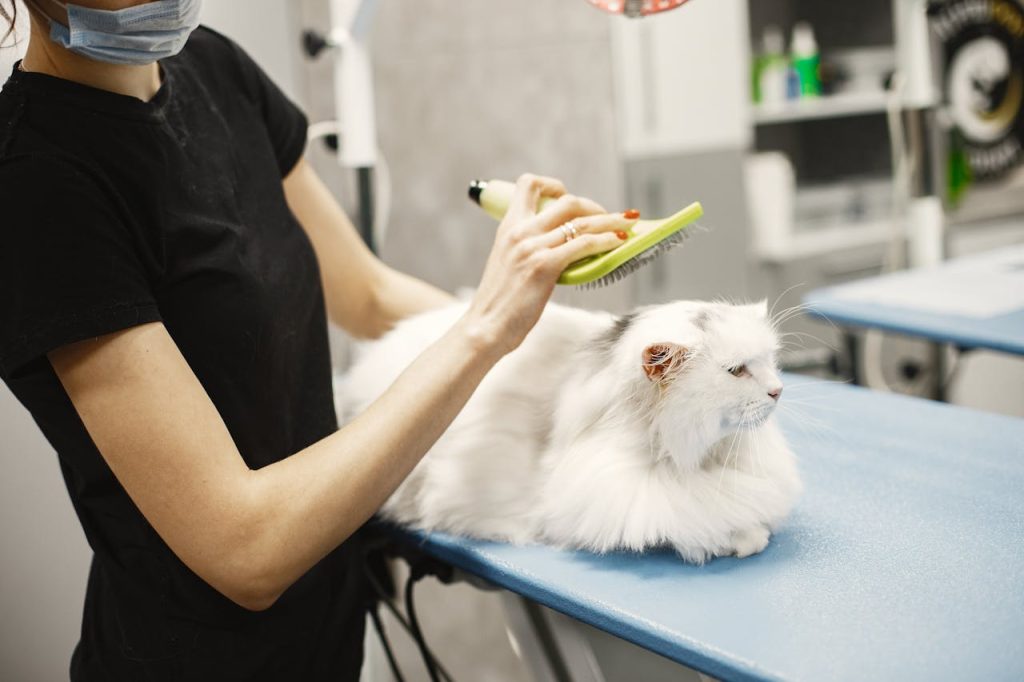
You can help reduce the amount of loose hair your cat swallows by brushing them regularly.
To do this effectively, you’ll need to choose the right brush for your cat’s coat type and brush them with the right frequency.
Choosing the Right Brush
Brushing your cat regularly with the right tool is essential in reducing the amount of loose hair swallowed, thereby minimizing the formation of hairballs.
To choose the right brush, you need to evaluate your cat’s coat type and grooming needs. There are several brush types available, including slicker brushes, pin brushes, and bristle brushes.
Slicker brushes are ideal for short-haired cats, while pin brushes are better suited for long-haired cats.
Bristle brushes are versatile and can be used on cats with medium-length coats.
Effective grooming techniques require the right brush. When selecting a brush, assess the bristle material and length.
Soft-bristled brushes are gentle on your cat’s skin, while harder bristles may be necessary for detangling.
Brush handles should also be comfortable to hold, allowing you to brush your cat with ease.
Investing in the right brush will make a significant difference in your cat’s grooming routine.
It will help remove loose hair, reduce shedding, and prevent hairballs.
Consult with your veterinarian for personalized recommendations on brush types and grooming techniques.
They can help you determine the best brush for your cat’s specific needs.
Frequency of Brushing
To prevent hairballs, regular brushing sessions should become an integral part of your cat’s grooming routine, ideally occurring several times a week, depending on the cat’s coat type and individual needs.
By brushing your cat frequently, you’ll help reduce the amount of loose hair that’s swallowed, which in turn reduces the risk of hairballs.
| Coat Type | Brushing Frequency | Brushing Techniques |
|---|---|---|
| Short-haired | 2-3 times a week | Gentle, short strokes |
| Medium-haired | 3-4 times a week | Medium-length strokes |
| Long-haired | Daily | Long, gentle strokes |
| Curly-haired | 2-3 times a week | Gentle, short strokes |
| Senior cats | 1-2 times a week | Gentle, short strokes |
When creating a grooming schedule, consider your cat’s age, health, and lifestyle. For example, senior cats may require less frequent brushing due to their sensitive skin.
By brushing your cat regularly and using the right brushing techniques, you’ll help prevent hairballs and keep your cat’s coat healthy and clean.
Remember to always be gentle and patient when brushing your cat, and reward them with treats and praise for good behavior.
Preventative Care and Maintenance
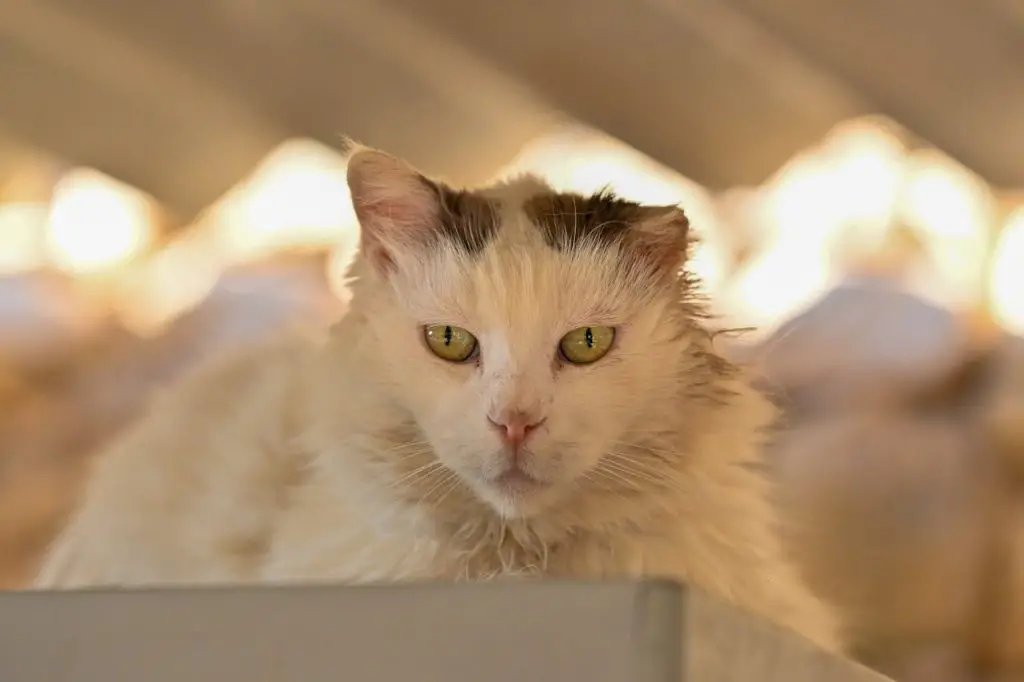
Regular grooming sessions are essential in reducing the amount of loose hair swallowed by cats, thereby minimizing the formation of hairballs.
By implementing effective grooming techniques, you can remove loose hair and prevent your cat from ingesting it.
Use a brush or comb specifically designed for your cat’s coat type to gently remove tangles and mats.
Regular grooming also allows you to inspect your cat’s coat for any signs of hairballs, such as matted or clumped fur.
In addition to grooming, you can also use dietary supplements to help prevent hairballs.
Certain supplements, such as psyllium or beet pulp, can help move hair through your cat’s digestive system and prevent it from accumulating in the stomach.
Omega-3 fatty acids can also help reduce shedding and promote overall skin and coat health.
Consult with your veterinarian before adding any supplements to your cat’s diet.
Frequently Asked Questions
‘When you notice your cat struggling with hairballs, you should investigate potential underlying health issues. Hairballs can signal digestive health problems, so it’s essential you prioritize hairball prevention through regular grooming and a balanced diet to support their overall well-being.’
You’ll administer a hairball remedy according to the product’s label instructions, typically 1-2 times a week, as needed. Consult the packaging or your veterinarian for specific, appropriate dosage guidelines and hairball prevention tips tailored to your cat.
You should know that kittens can develop hairballs due to their natural kitten grooming habits and dietary factors, such as eating solid food too early or consuming their mother’s loose hair while nursing.
You’ll find that long haired breeds, such as Persians and Maine Coons, are more prone to hairballs due to their thick coats. Effective grooming techniques can help reduce the risk, but it is crucial to monitor their health closely.
You’ll want to investigate vomiting causes beyond hairballs if your cat’s vomiting blood. While hairballs can cause vomiting, blood is typically a sign of a more serious issue, unrelated to hairball prevention, requiring veterinary attention.
Conclusion
You’ve taken the first step in helping your cat pass a hairball by understanding the causes and signs of a blockage.
By incorporating a high-fiber diet, providing fresh water, using a hairball remedy, and brushing your cat regularly, you can prevent future occurrences.
For example, Sarah’s cat, Mr. Whiskers, was prone to hairballs until she started feeding him a high-fiber kibble and brushing him daily.
Now, Mr. Whiskers is hairball-free, and Sarah can rest easy knowing she’s taking proactive steps to maintain her cat’s health.


